Was ist EURYTHMie?
Was nur gehört wird, ist nur halb offenbar.
Das Rascheln der Blätter, die sich sanft im Wind wiegen, der rasche Flügelschlag des aufsteigenden Vogels, das Seufzen eines zufriedenen Kindes.
Es gibt eine tiefere Erfahrung von Klang. Eine Erfahrung, die aus unserer intimsten Verbindung zur Welt entsteht – zur Erde, zu anderen Menschen, zu den nicht greifbaren Aspekten des Lebens. Das Innenleben des Klangs enthüllt eine sichtbare Form.
«Wie im Ohr, so auch im Auge.»
Die Fülle der Worte in einem Gedicht, die statische Form der Ode eines Pianisten –
sie sind Pforten in die wandelbare, fliessende Skulptur, die Sprache und Musik im physischen Raum schaffen.
Eurythmie ist harmonischer Rhythmus. Indem der Eurythmist die formellen Gesetzmässigkeiten von Rede und Musik beobachtet, enthüllt er das Innenleben
von Sprache und Klang und erschafft so eine Komposition, die die Bühne als dreidimensionale Leinwand benutzt.
Indem er sich vereint mit dem, was als Ton oder Sprache sich durch die Luft bewegt, bringt sich der Eurythmist in Ein-Klang. Auf diese Weise wird der Körper zum Klangkörper, zum Instrument. Er ist wie eine Flöte oder eine Geige, oder wie die Stimme. Durch hingebungsvolle Beobachtung der Gesetzmässigkeiten, die Sprache und Musik innewohnen, macht Eurythmie die unsichtbare Form des Klangs sichtbar.
Eurythmie ist nicht Interpretation; sie ist ein wahres Klingen oder Singen durch den Körper.
WHAT IS EURYTHMY?
What is only heard is partly hidden.
The rustle of the leaves gently swaying in the wind, the flap of the bird’s rapid ascent, the sigh of a contented child.
There is a deeper experience of sound, one that arises out of our most intimate connection to the world – to the earth, to each other, to the intangible qualities of
being alive. The inner life of sound reveals visible form.
“As in the ear, so also in the eye.”
The fullness of the words of the poet, the static form of the pianist’s ode – these are portals into the fluid sculpture that speech and music create in the physical space
of our world.
Eurythmy is harmonious rhythm.
The eurythmist, by observing the structural laws of speech and music, reveals the inner life of language and sound, creating a composition that uses the stage as a
three-dimensional canvas.
By joining with that which moves through the air as tone or language, the eurythmist harmonizes with sound.
In this way, the body is an instrument. It is no different than a flute or a violin, no different than a voice. Through skilled observation of the laws inherent in speech
and music, eurythmy makes visible the invisible form of sound.
Eurythmy is not interpretation; it is a true sounding or singing through the body.
